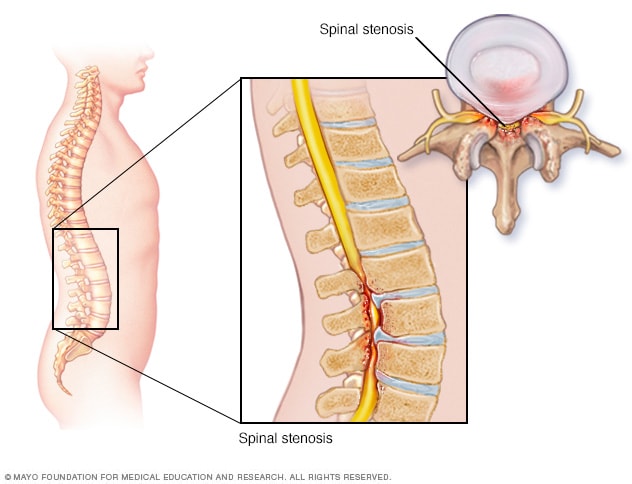
Your spinal cord is one of the most important parts of your body. However, the spaces between the spinal bones may narrow down over time, causing a condition known as spinal stenosis. Spinal stenosis can occur to every person, but is more prevalent in those who do work that compresses their spinal cord. According to research, spinal stenosis occurs in your neck or the lower back, around the buttocks. To meet with a specialist, book an appointment with spinal stenosis in Holmdel for diagnosis and treatment. Below are examples of spinal stenosis.
Types of Spinal Stenosis
There are two types of spinal stenosis which are classified according to the affected area. They include:
· Cervical Stenosis occurs around your neck when the space between the spinal bones narrows down. It is most prevalent to people who work in offices using computers and smartphones. However, you can also suffer cervical stenosis if you carry heavy objects with your head or neck.
· Lumbar Stenosis occurs when the spinal spaces in one’s back narrow, and is often a result of sitting for long periods of time.
Cervical and lumbar stenosis may also occur due to spinal injuries, spinal bone dislocation, fractures, and wear and tear of tissues that hold the spinal bones together. Symptoms of spinal stenosis include: pain around the neck and back, tingling, numbness, difficulties when waking from a sitting position, weakness, and sharp pain that moves from your spine to your legs via the buttocks. Below are ways spinal stenosis is diagnosed.
Diagnosis of Spinal Stenosis
There are several ways your doctor can diagnose spinal complications. one of the methods is image testing. The available image testing techniques include:
1. X-ray. X-rays focus on the problem area to generate pictures of affected spinal bones. Conditions, such as bone spurs, that result in narrowing of spinal spaces can be better examined by using this technology. Moreover, if you had an accident in which your spine was injured, fractures and dislocations can be observed. The disadvantage of x-ray techniques is that no damaged or diseased tissue, nerves, or ligaments can be seen.
2. Magnetic Resonance Imaging (MRI). This is the most recent technique developed for the diagnosis of most bone and tissue problems. While MRIs use a powerful magnetic field and computer technology to generate clear images of the affected spinal areas, the main advantage of MRIs is their ability to show herniated, dislocated, and fractured spinal disks. In addition, tumors, diseased tissues, and even nerves can be observed through this technology.
3. CT scan. This is a computerized technology that combines pictures generated by an x-ray machine to produce more detailed images. CT scans can also show bone spurs, tumors, dislocations, and herniated spinal disks. Before scanning, however, a contrast dye is first injected into the patient’s spine.
Considering spinal stenosis can cause prolonged discomforts throughout your life if not treated and managed earlier, it is vital to choose a professional doctor for treatment to avoid unnecessary complications. Be sure to consult one of the specialists at Gramercy Pain Center.






More Stories
Inheritance Loans – What They Are and How They Work
Getting Personal Loans With No Credit Checks: Loan Opportunity For Bad Credit Borrowers
How Do You Obtain An Unorthodox Loan?